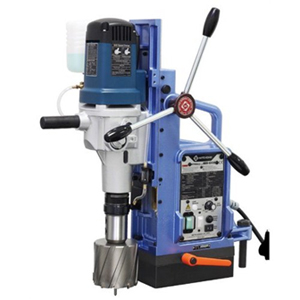Schedule a Call Back
A Tariff here, a tariff there
 Articles
Articles- Mar 03,25

Related Stories

US tariff: India working on export promotion mission for targeted sectors
The mission will roll out tailor-made schemes for the worst-hit sectors — textiles and chemicals — featuring export incentives, easier access to credit, and faster operational clearances, says K..
Read more
US tariff puts Indian auto components, tyre exporters on edge
A 25 per cent US tariff on Indian imports strains tyre and auto component exports, while domestic sales in June 2025 show mixed trends across passenger, commercial, and two-wheeler segments.
Read more
US Slaps 25% more Tariff on India; Exports to bear the brunt of 50% duties
The US has imposed a 50% tariff on Indian imports as a penalty for buying Russian oil, hitting key sectors like textiles, gems, and leather. China and others are not affected.
Read more

















